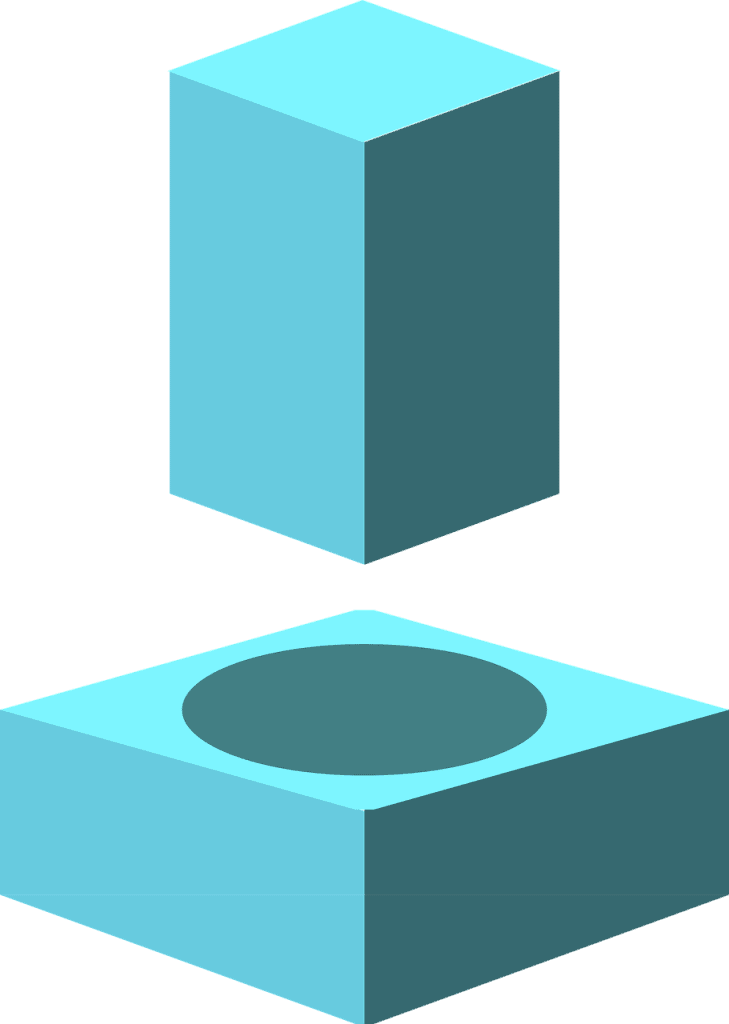Whether you’re downloading a new programme onto your system or creating an app for employees/users, if you’ve got one system which needs to speak to another – you need middleware. In today’s digitised world, we’re all consistently working with multiple pieces of hardware and software simultaneously, all of which are receiving multiple updates a year, adding features, automating systems, etc. And this can get complicated.
Have you ever asked yourself how you’re running multiple systems on multiple devices in multiple locations, yet rarely experience a crash? Or how, despite the updates, the software keeps working and it all keeps talking to one another with very few glitches?
Well, this is all thanks to middleware.
What is Middleware?
Middleware is software that allows diverse applications, written at different times, by different people, to communicate and exchange data. It offers common services and capabilities to diverse applications which would otherwise be unable to operate together.
What makes this software middleware is that end users never see it and usually are never even aware that it exists – it’s only used by the people who develop the applications that need to talk to one-another.
Essentially, middleware helps you to join two systems that were never designed to talk to each other and pass data across a network to exchange information between multiple software components.
We like to describe it as taking a square peg (the information submitted on one system) and using middleware to mould it so that it fits into a round hole (the software which receives this data).

While the technicalities might sound mundane and irrelevant to your business – the practical, day-to-day applications of middleware are incredible and open a world of possibility.
Practical Applications
The daily management of any business is one which is inundated with databases – from client networks to employee information and payroll management, it could be hard to stay on track.
But middleware helps to keep all this information together, so all platforms are talking to each other and processing data accurately. We’ve recently designed a middleware solution which helps recruitment agencies to share information between their systems; systems which were initially designed to be used separately – and it’s pretty simple…
Our client was struggling with their payroll management. They were finding that transferring information from submitted timesheets into their payroll application was taking a lot of time and eating away at their admin resources. So, they contacted our team to identify a software solution.

By auditing their current systems and taking time to understand their processes, we developed a bespoke technology solution to automate their time-sheeting and payroll processes among other complex data-handling exercises. Our data experts utilised middleware so that whenever a contractor submits their timesheet to the agency, this information is lifted and translated into the right format to be read by the payroll software. This has meant their admin capabilities can be better used elsewhere and the payments process is a lot faster, with no margin for human error – leading to happy customers and more productive employees.
Middleware has also helped us to develop some great applications for our clients in a variety of other sectors by using a mixture of database software, application servers, service outline architecture, web servers and the most important part – the portal: the user-facing area where a defined audience can log in to see business applications, relevant information, employee handbooks, instant messaging, and other company resources.
How We Can Help
While middleware may sound complicated, you don’t need to understand it to know that it exists to help you bring together the benefits of disparate systems.
At RGS IT, our team of Imagineers have a wide range of experience helping businesses to simplify their workflows and manage data more efficiently by making their systems work together seamlessly. Contact our team to find out more.






